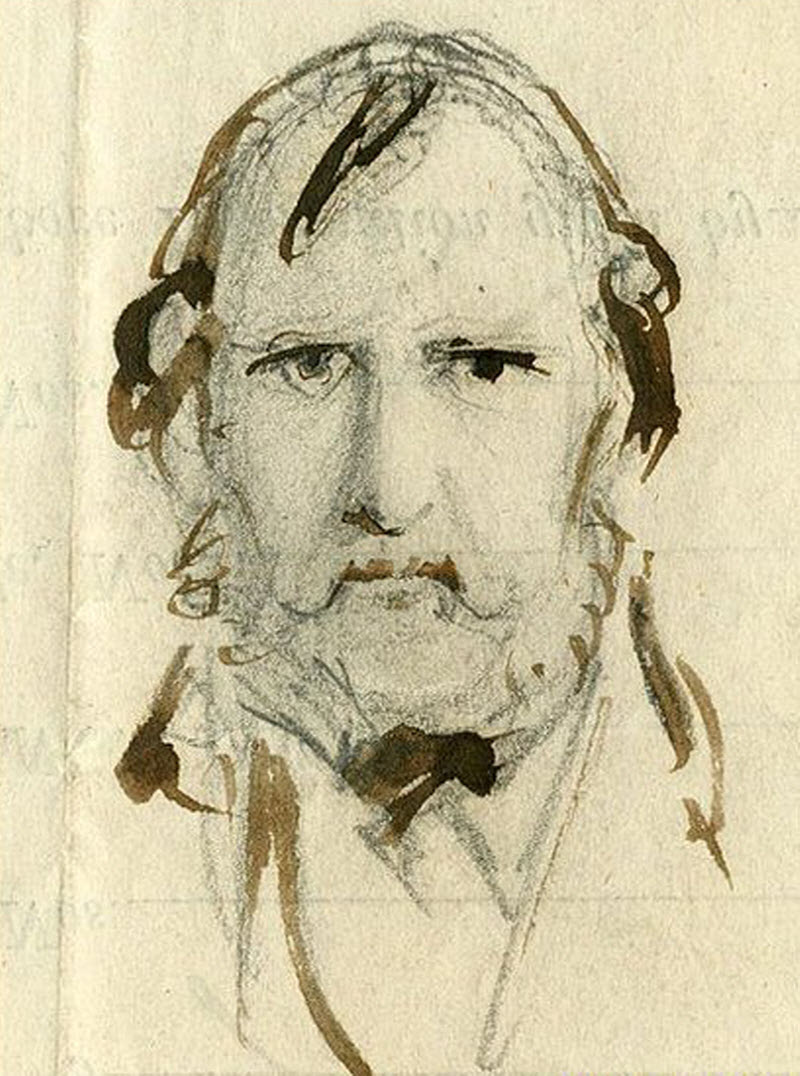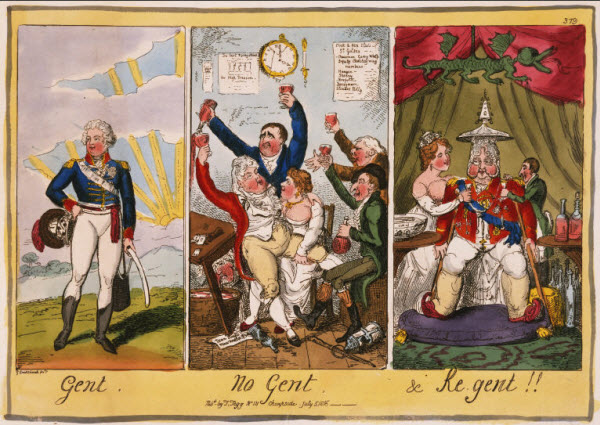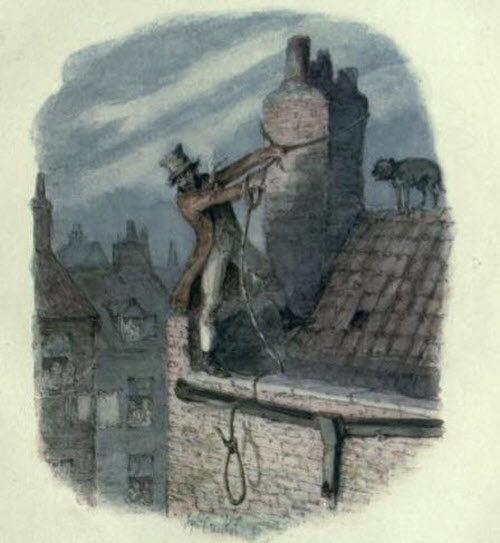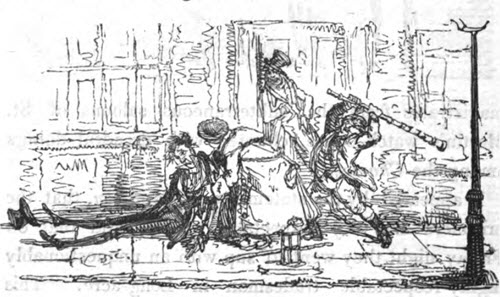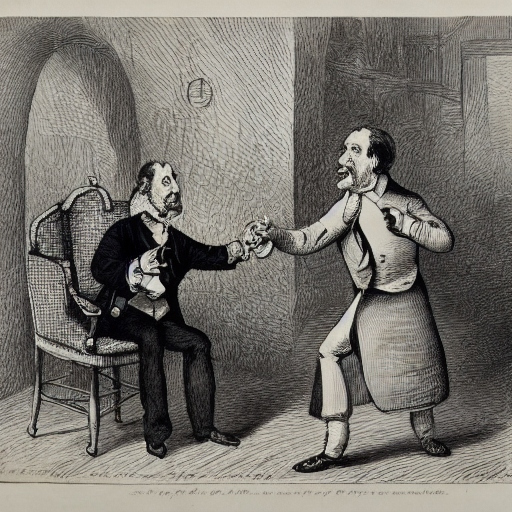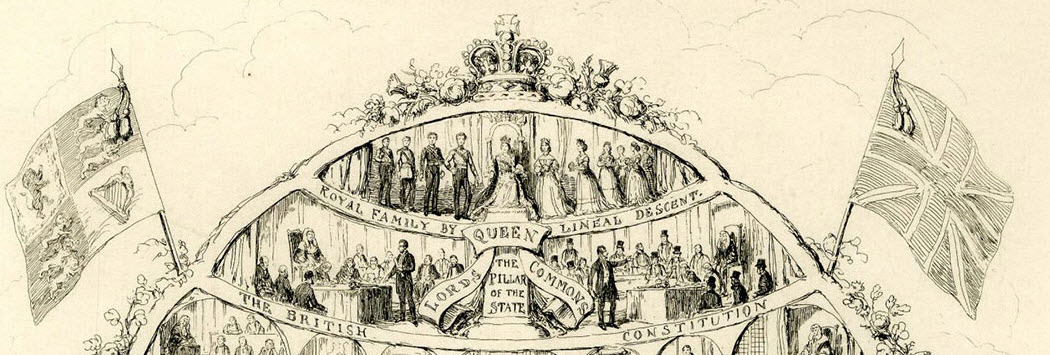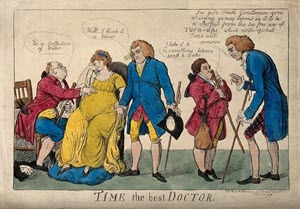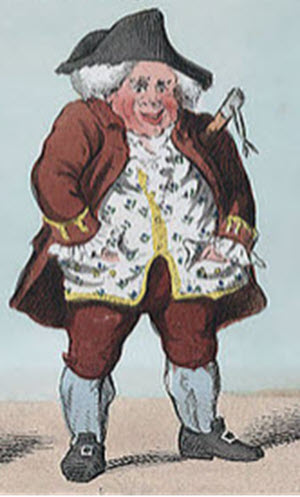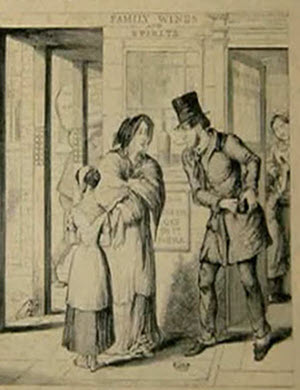Isaac Cruikshank (born in Edinburgh on October 5, 1756 and died in 1811) was a Scottish painter and caricaturist, known especially for his political and social satires. His sons Isaac Robert Cruikshank (1789-1856) and George Cruikshank also became famous caricaturists.
His drawings satirizing the issues and morality of the day were extremely popular and helped shape public opinion. One of his most important works was an engraving depicting the torture and murder of an African slave girl in 1792, which helped turn public opinion against the slave trade. He was also one of the first British artists to produce caricatures of Napoleon, which would become a recurring theme in Isaac Cruikshank's work
.In an ironic twist, Robert Cruikshank was once stranded on the island of St. Helena, while serving in the British Royal Navy, the same island where Napoleon would later be exiled.

Although not as well known as his youngest son, George Cruikshank (1792-1878), Cruikshank was a contemporary and professional rival of James Gillray and Thomas Rowlandson, and together they formed part of what is known as the "golden age" (1780-1830) of British caricature. Together with Gillray, Cruikshank helped develop the character of John Bull, the personification of the British character, or at least an idealized version of it.
Besides George, his other son, Isaac Robert Cruikshank (I.R. Cruikshank) (1789-1856) was also an artist and, between 1806 and 1811, the three collaborated on a large number of prints, to the point that it has not been able to realize the authorship of many of them, but George was the one who most closely worked with his father.
Isaac Cruikshank died at age 55. His official birth certificate listed the cause of death as "decline," which was a term often used to describe death resulting from wasting diseases such as tuberculosis. However George Cruikshank always believed that his father had died from alcoholism which led to George becoming a lifelong teetotaler and campaigner in favour of alcohol prohibition.
Here is a small gallery of representative drawings and illustrations by Isaac Cruikshank.
